1.Vampire Squid: Their red eyes and cloaks make them look like vampires. Instead of blood, vampire ink feed on what's known as marine snow - floating debris like algae, dead plankton and feces. Photo: Emito.net |
Vampire squid can spray mucus containing glowing particles from pores at the tips of its arms, covering itself in a glowing cloud to ward off predators. |
2. Hoodwinker Sunfish: Creature Found in the cold waters of the southern hemisphere off the coasts of New Zealand, Australia, Chile, Peru and South Africa, the blob-like sunfish is estimated to weigh up to 900kg. They can change dramatically in appearance and morphology as they grow, making identification difficult. Photo: Wikipedia |
3. Phronima: Phronima live in the twilight zone of oceans around the world, usually at depths of 200 to 1,000 meters below the surface. These cunning copepods, less than 2.5cm long, prey on salps, gelatinous jellyfish-like creatures. The mother Phronima uses her crab-like front claws to eat the insides of the salp, living in its empty shell and laying eggs inside. Photo: Science Photo Library |
4. Flower Hat Jellyfish : Found off the coasts of Japan, Brazil and Argentina, the stunning flower-hat jellyfish uses its brightly colored tentacles to lure small fish. Measuring up to 15cm in diameter, the jellyfish alternates between the seabed and coastal waters. Photo: Live Science |
Although rare, flower crown jellyfish sometimes appear in large groups called blooms. This happens when rising water temperatures create more food for the jellyfish, leading to an increase in population. While a flower crown jellyfish sting is not fatal to humans, it is quite painful and can cause a rash. |
5. Pouched Eel: With its black color and wavy tail, it moves quickly in the mid-waters of the eastern Pacific Ocean. Despite its slender body, its mouth can suddenly expand like a soap bubble, allowing it to scoop up much larger prey. However, it mainly feeds on small crustaceans due to its small teeth. Photo: Vikram's Bugs and Animals - Substack |
6. Antarctic Giant Squid: The Antarctic Giant Squid is the largest invertebrate ever identified. This deep-sea creature was first identified by zoologist Guy Robson in 1925 after he found two of its tentacles in the stomach of a sperm whale that washed ashore in the Falkland Islands. Photo: Popular Science |
In February 2007, fishermen in the Ross Sea south of Antarctica accidentally caught one of these creatures. According to Hoyt, the giant squid weighed about 1,000 pounds and was one of the largest squid ever found. |
7. Archerfish: Archerfish, commonly found in Southeast Asia and northern Australia, are known for their unique hunting abilities both in and out of the water. In the ocean, these tropical fish hunt crustaceans, but they have also adapted their underwater hunting techniques to detect and shoot spiders, bugs, and other insects that cling to the branches and leaves of mangrove forests. Photo: Wikipedia |
Source: https://khoahocdoisong.vn/loat-sinh-vat-bien-ky-di-khong-the-tin-la-co-that-tren-doi-post268108.html


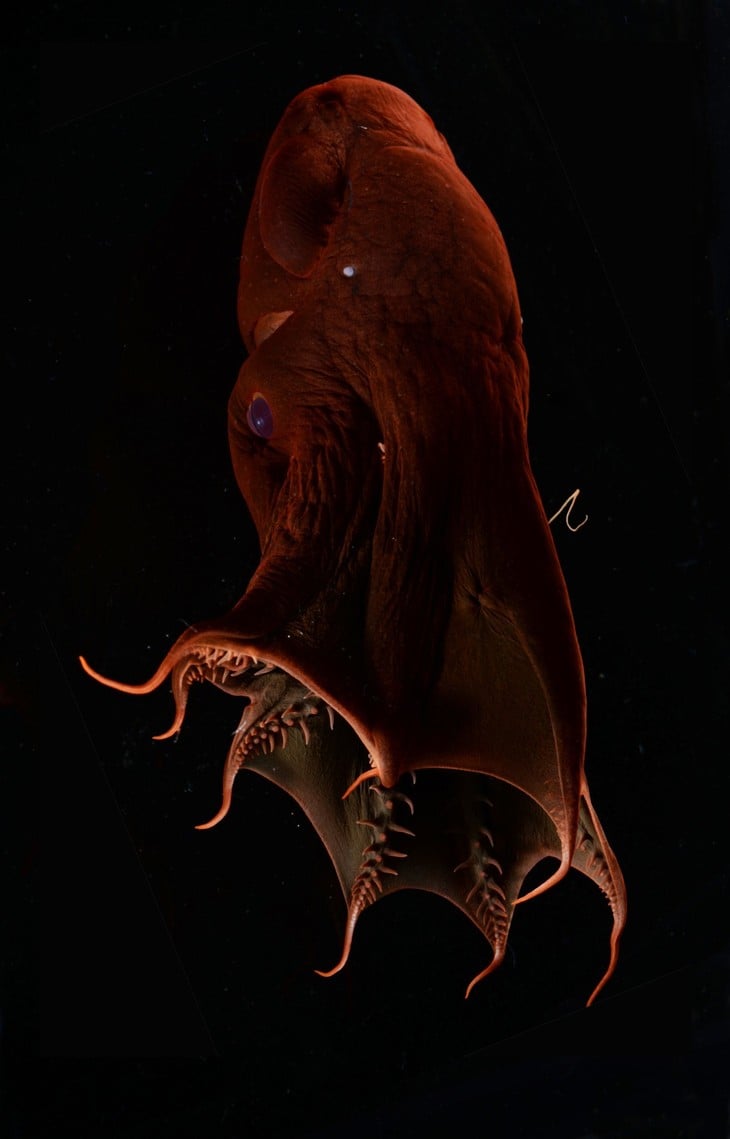

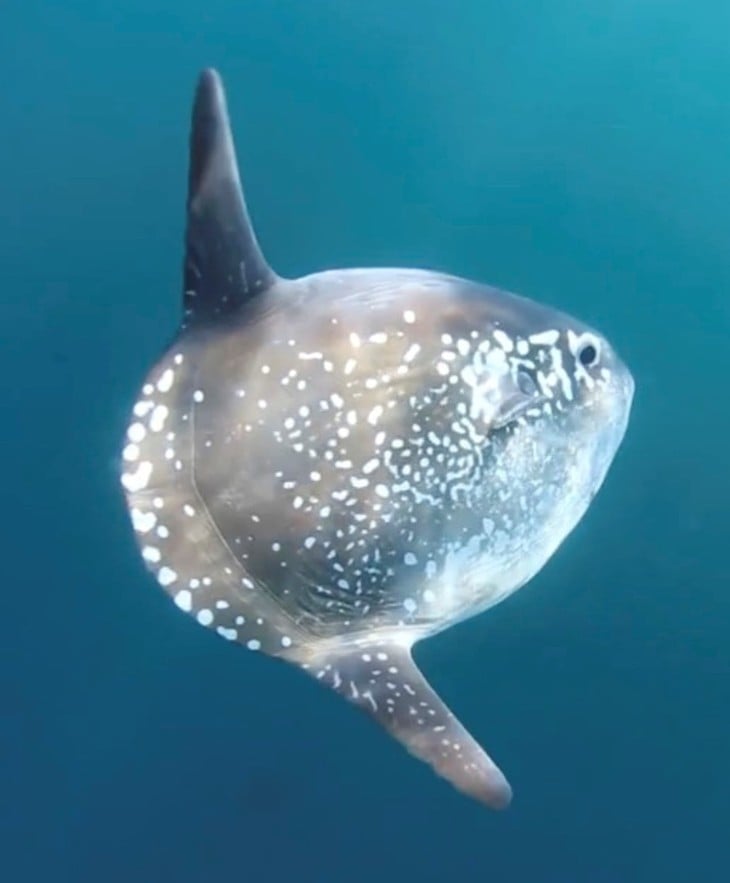
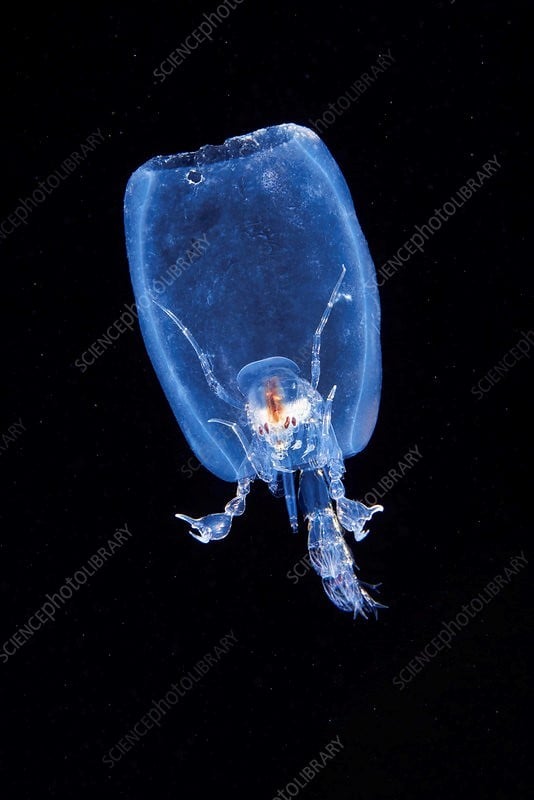
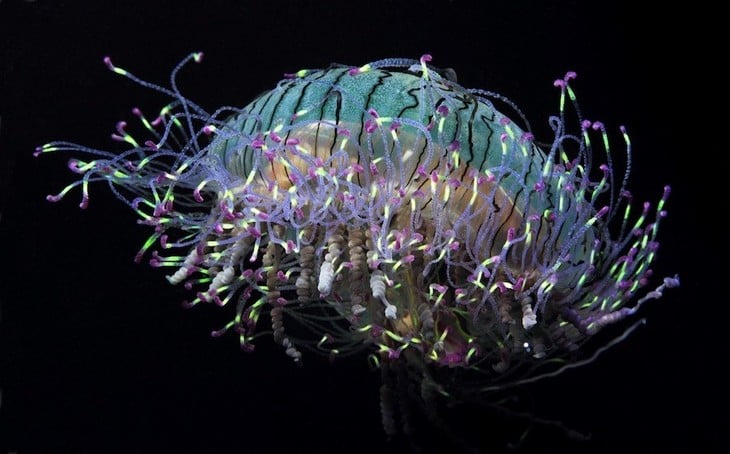
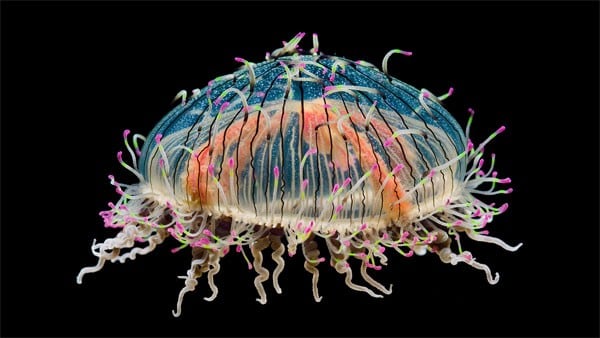
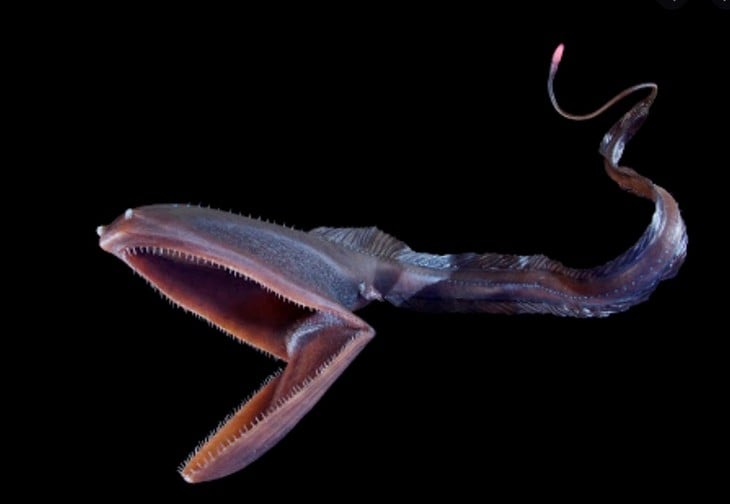
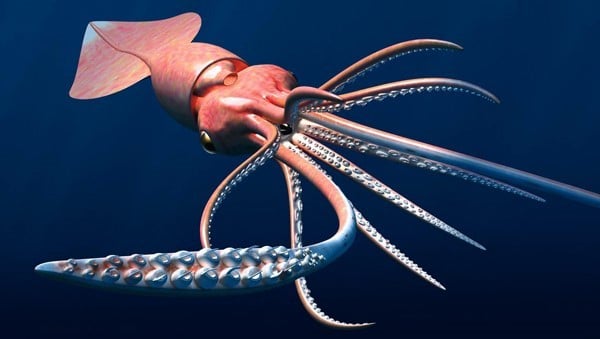
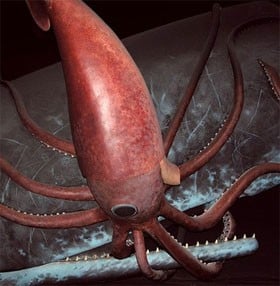
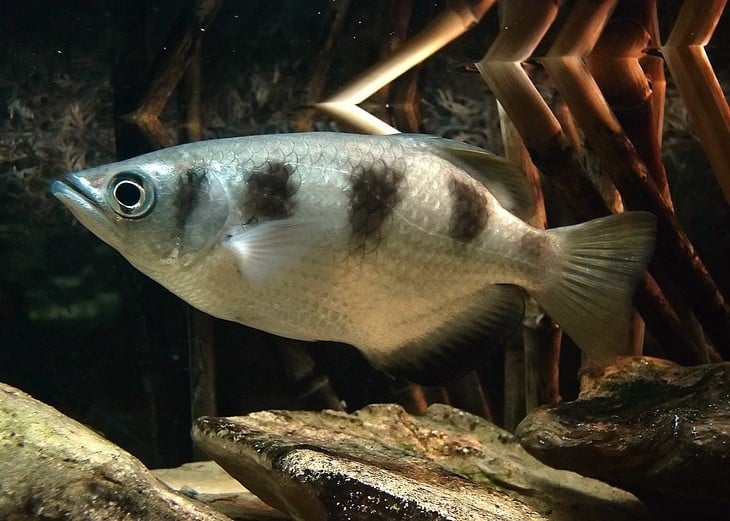
![[Photo] President Luong Cuong attends the inauguration of the international container port in Hai Phong](https://vphoto.vietnam.vn/thumb/1200x675/vietnam/resource/IMAGE/2025/5/13/9544c01a03e241fdadb6f9708e1c0b65)
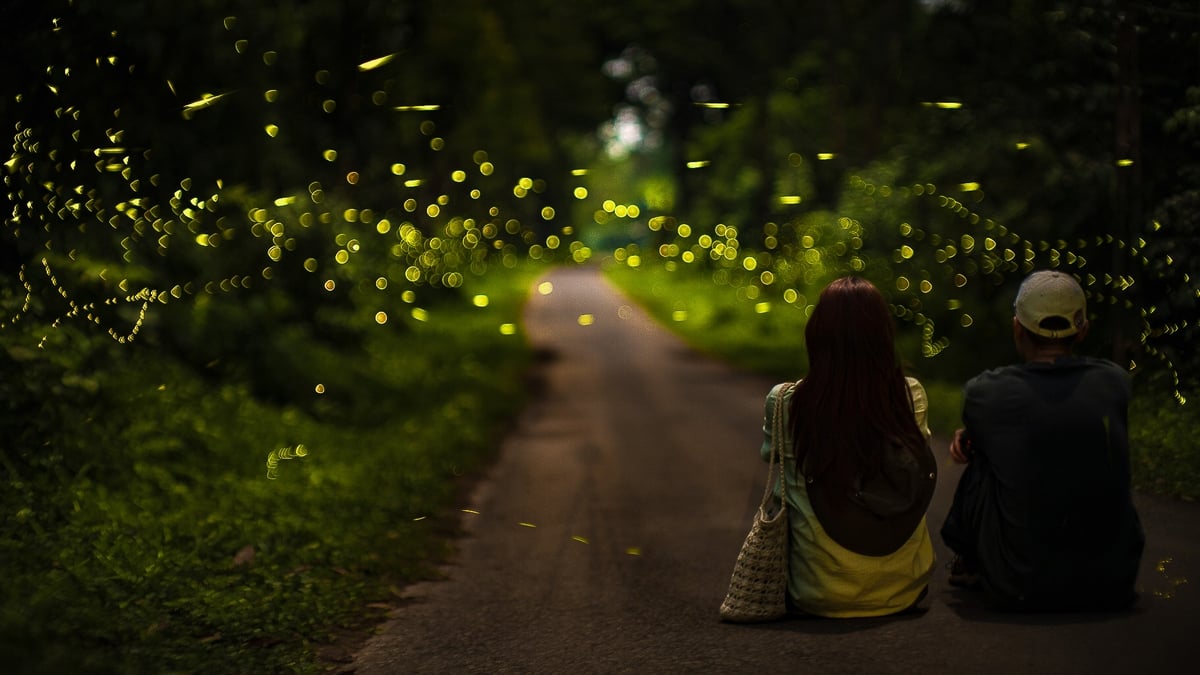

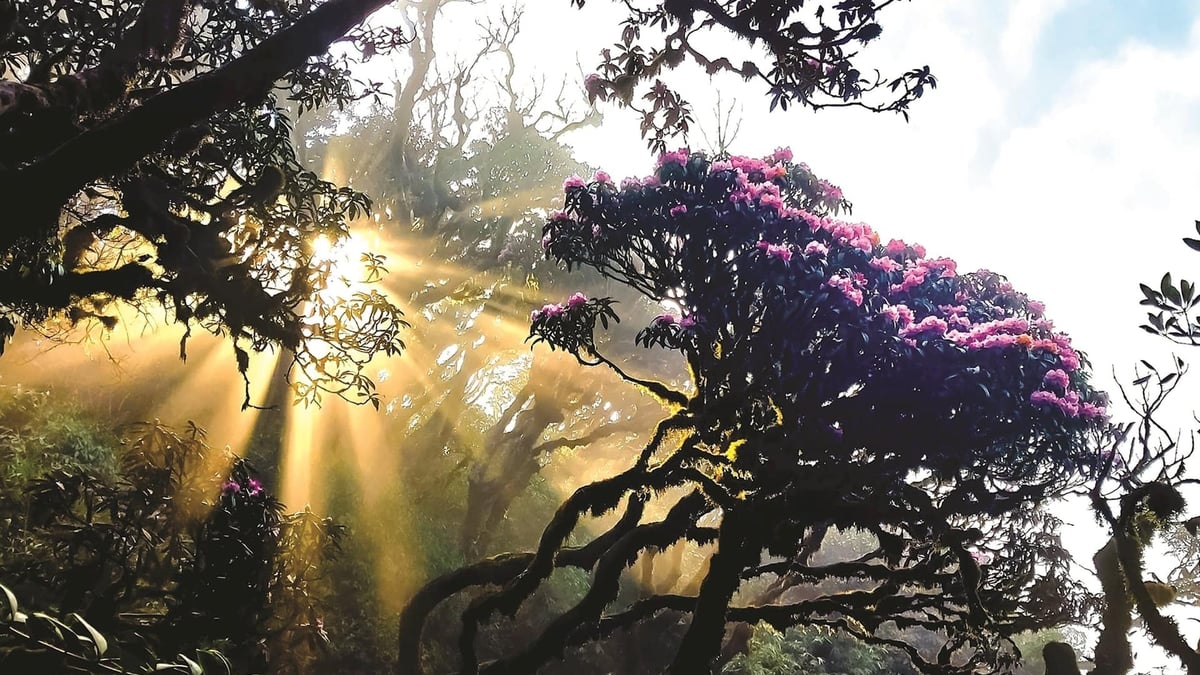

![[Photo] Prime Minister Pham Minh Chinh meets with US business representatives](https://vphoto.vietnam.vn/thumb/1200x675/vietnam/resource/IMAGE/2025/5/13/5bf2bff8977041adab2baf9944e547b5)










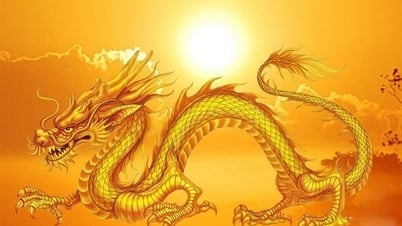





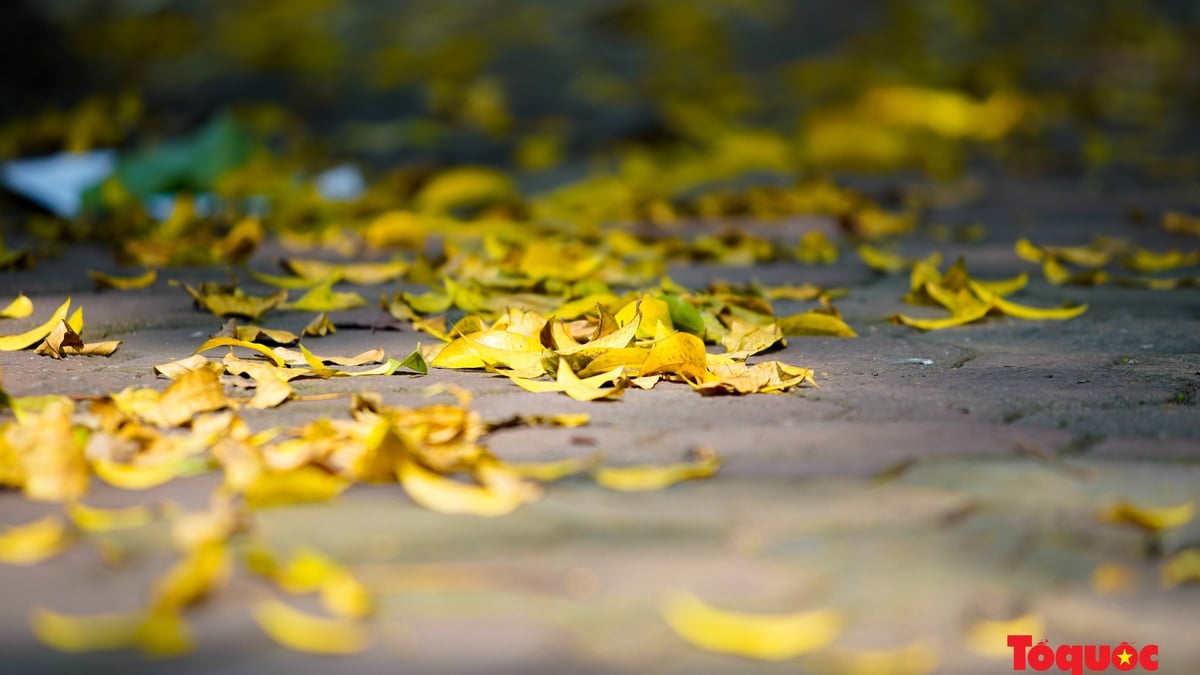





































































Comment (0)